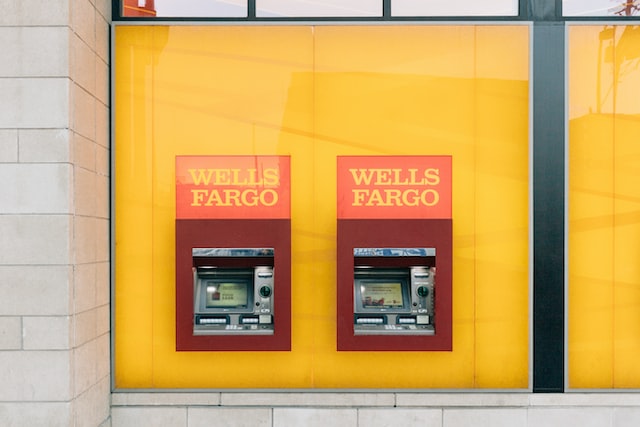For people who don’t necessarily have a lot of cash on hand but are willing to invest over longer periods, buying a home in need of repairs is often what they look to. This may be in to live in or to resell the home later, but in either case, you may need to finance the repairs, the purchase itself, or even both if you’re low on ready cash. Fortunately, there are loans that are designed specifically for this situation. One such loan is the FHA 203(k) rehab loan.
The FHA 203(k) rehab loan can be used to finance both a purchase and repairs simultaneously, preventing the need for multiple loans, credit usage, or a line of credit. This can definitely save you money in the long run, especially if you are able to qualify for a low interest rate. There are two types of FHA 203(k) rehab loans: a standard loan and a streamline loan. The standard loan is designed for long-term, larger projects, such as renovating entire rooms. This type has no limit on the portion of the loan used for repairs, unlike the streamline loan, which has a limit of $35,000. It’s quicker and easier to access funds from a streamline loan, which makes it more suitable for smaller projects, like installing an HVAC or repairing plumbing.
Photo by Yogesh Patil on Unsplash



















